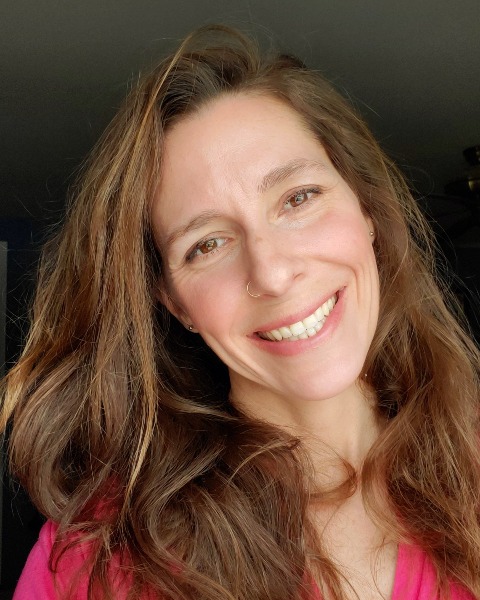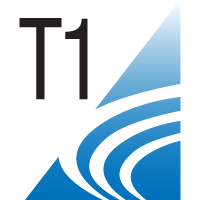Amplification and Assistive Devices (AAD)
(Re)habilitation and Counseling (C)
LM403 - Verifying Today's Sophisticated Hearing Instruments: What Is the End Goal?

Erica D. Koehler, AuD
Lead Audiologist
GN Hearing
Westmont, IllinoisDisclosure(s): GN Hearing: Employment (Ongoing)

Neil Wright, AuD
Senior Audiologist
GN ReSound
Chicago, IllinoisDisclosure(s): GN Store Nord A/S: Employment (Ongoing)
Presenter(s)
Lead Presenter(s)
Hearing aid have become supercomputers of acoustic scene analysis, quietly making changes to the signal with the goals of comfort and audibility for the wearer. It can be difficult to obtain an objective measurement of the changes the hearing aid is making. This course will provide a pragmatic approach to verifying digital noise reduction and directionality in modern, complex hearing aids.
Summary:
It was suggested over two decades ago, in a 2001 Hearing Review by Gus Mueller, that hearing aids may no longer be able to be verified in the ear due to their digital complexities. Thus far, verification technology has kept up in allowing clinicians to peek into the hearing aid black box, but recently there seems to be additional confusion about test set up and expectations of what constitutes a successful test result. Of course, the hearing aids themselves become more technologically advanced but many verification devices and protocols have as well. Are we reaching the limits of what we can view in-office for these sophisticated features? And furthermore, how does this relate to the wearer’s experience once they walk out our clinic doors?
When it comes to the “how” of verification, there are many options. However, it’s equally important to also ask “why?”. It’s not about verifying a binaural asymmetric directionality strategy, for example; moreover, it is about, “Why should I verify it?”, or “Should I verify it at all?”. In general, we can ask ourselves as clinicians, “What is the purpose of the measurement, with respect to the wearer, and is it best suited for the test box or the real ear?”
Focus of this presentation will be less focused on specific hearing aid capabilities, but rather more centered around identifying a clear goal of verification of advanced hearing aid features. Participants will be presented with a number of practical clinical goals of feature verification, along with the steps on how to accomplish them to meet their end goals. “Compare and contrast” exercises exploring a variety of hearing aid measurements will be used to gain understanding of hearing aid capabilities during in-office verification, versus expectations for the wearer in the real world. Learning objectives will be reinforced during the presentation with an interactive smartphone game. Handouts will be provided as a clinical reference.
Learning Objectives:
- Attendees will be able to assess clinical goals of verification on advanced hearing aid technologies.
- Attendees will be able to identify if a real ear or test box measurement is most appropriate to meet their verification goals.
- Attendees will receive a quick guide to apply in clinic when questioning how to verify complex directionality and noise reduction schemes.

